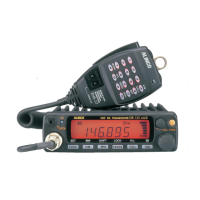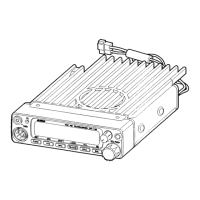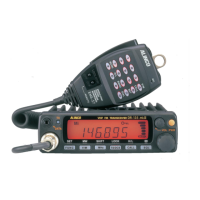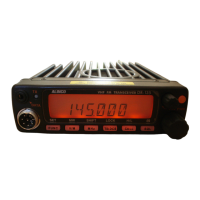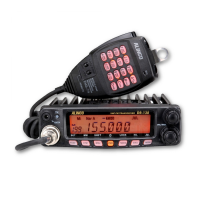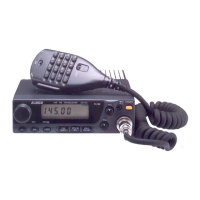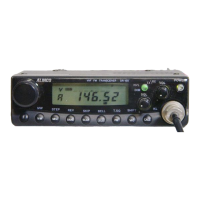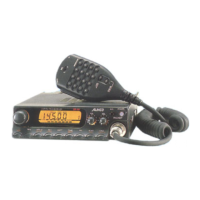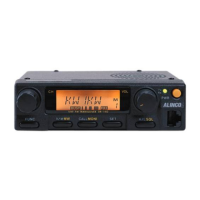Why Alinco Transceiver does not transmit and cannot be reset?
- KKatelyn HaleyAug 15, 2025
If your Alinco Transceiver won't transmit and can't be reset, it could be because the DSUB-9 port has been connected to a PC without installing the EJ-41U. Disconnect the cable and install EJ-41U properly.
